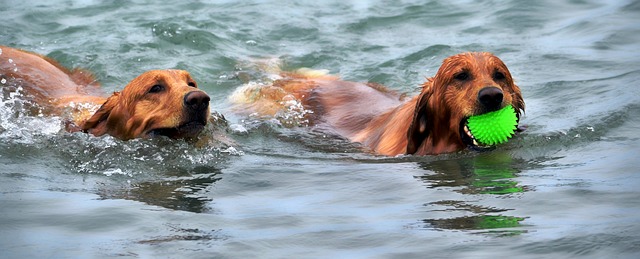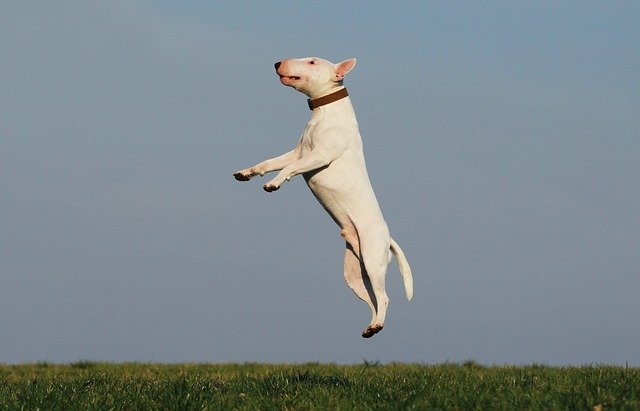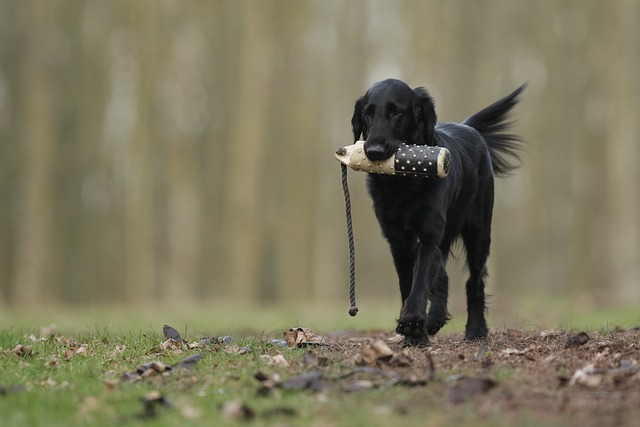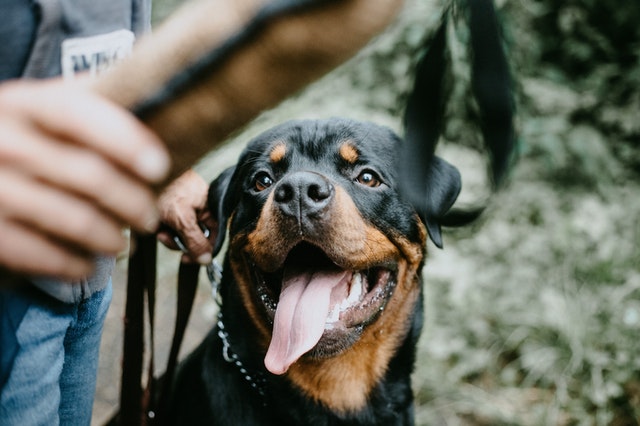When you have a dog or even want to work with them, there are a few rules that can be useful in starting a healthy relationship based on understanding and respect. Here are the 15 main rules to know:
1- Never forget that you can transmit a message involuntarily to the dog. It is therefore advisable to learn to control his body, his emotions, knowing that each movement of each part of the body can mean something to your dog. All movement means something different, much like learning sign language. Your dog can analyze you much more than what you think! Watch out for conflicting messages.
2– If you got angry or even apprehensive, it is better to give up than to persist. In fact in the first case, we will not get any good results. In the second, we will transmit our own emotions to the dog. Learning cannot be done peacefully in this case. Your dog is an emotional sponge. Which means he’s going to observe you and feel the same things you do, especially if you’re in the wrong emotion.
3- Always remain benevolent. Educating your dog in empathy, gentleness and kindness transforms us and reveals the best in human beings. The dog who often needs to be understood the most will be the one who is the most complicated, the most aggressive or the most complicated. Understanding will help you stay benevolent.

4- Get the dog to feel motivated and to concentrate. Use positive reinforcement. The reward can include a treat, a caress, play, as well as verbal congratulations if the dog is used to it (initially it is better to associate the word with a reward). Rewards can take many forms and should be appropriate for the situation and the animal. A reward changes in value depending on how it is going to be given. For example, for some dogs, the treat becomes more valuable if it is thrown than if it is given by hand.
5- Always be clear and consistent in everything you do or ask. Remain observant, even if you think you know the dog’s reactions by heart. Never ignore the dog’s slightest reaction. They all have meaning and are all an adaptive response to a situation (intended or not).
6- Establish a progressive educational program. Often reward the dog. Encourage him as soon as he tries to do what is asked of him, reward as soon as the dog makes a little progress. Always, go to the rhythm of the dog. Each dog has a different pace, as they all have a different history, background, and situation. We must therefore remain patient.
7- Dogs learn very quickly. If they don’t understand it, it is probably because the request was worded incorrectly or because it was inconsistent (it often is!). It is for humans to question themselves and not for dogs to be punished by our lack of clarity. It’s up to us to find a new way of making the dog understand what is expected of him.
8- Dogs tend to adopt habits (good or bad) very quickly. If they are allowed to perform an unwanted action, it will later be harder to “silence” that action. Example if we laugh when he bites us or jumps on us. He will have associated “a good mood” with his own action. At the time this action may seem trivial or pleasant to you, but can quickly be disturbing. Make sure that what you allow today won’t get in your way tomorrow. For example, if your dog jumps on you, will you still be okay with the day he has dirty paws or you are dressed for a wedding?
9- Forget that the dog “wants to gain the upper hand”. This notion is totally foreign to him. It is much easier to build a relationship based on cooperation and not on domination. Cooperation being in both directions, it is also sometimes necessary to please the dog (to make him happy in what he likes). A dog, on the other hand, remains opportunistic. It is therefore natural for him to take advantage of certain situations. But, it is not a desire for him to become the master of the world. So get rid of this misconception! Domination in dogs does not exist! Hierarchy Myth or reality the answer here

10- The dog lives in a human environment. He must know the rules of conduct. But, these must be coherent, acceptable and respectful for his well-being as much as that of others. Humans must enforce their rules without despotism, but above all they must teach them to the dog. You don’t punish the dog for something you haven’t taught or been able to teach. A dog without a landmark can become dangerous. This still does not mean that he wants to dominate, but that he is destabilized or even unhappy.
11– To gain the dog’s attention, you must also pay it regularly. Respecting the needs of your dog is the springboard towards a good cohabitation. He needs to see other congeners on a regular basis (so that he does not become aggressive), to go for walks every day even if he has a garden, to play with his master and to feel safe. security. To avoid behavioral problems, the dog needs to be stimulated both physically and mentally.
12- If the dog refuses to do something, a healthy self-criticism is required, to understand the cause, because there is always one! The human must be consistent, not get angry and analyze the situation. Is the dog in a good emotional state (fear, frustration, too much energy)? Do hormones bother the dog? Did smells, noises, changes upset the dog? Needless to add, a thorough knowledge of the dog breed and the individual itself is more than essential. Our knowledge of the canine species changes every year. It is therefore necessary to keep up to date to keep a better understanding of the dog.

13- Get rid of the mind that the dog should always do whatever we want, when we want and where we want. Dogs are not robots. It is essential to have reasonable requests and to remain benevolent. It is better to have a dog that sometimes says “no” to us from time to time, but deeply respects people. Rather than a dog who obeys under duress, fear of punishment and who may one day have a defensive or aggressive reaction following an overflow!
- Keep in mind that whatever you want to do with your dog, it can always happen in a non-violent way. The use of coercive tools (electric collar, torquatus / point, choke or semi-choke collar, etc.) is never a solution.
15- Having a dog is not for everyone. It’s not a shame not to know how to take care of a dog. We always have the choice between learning or simply not taking a dog.





